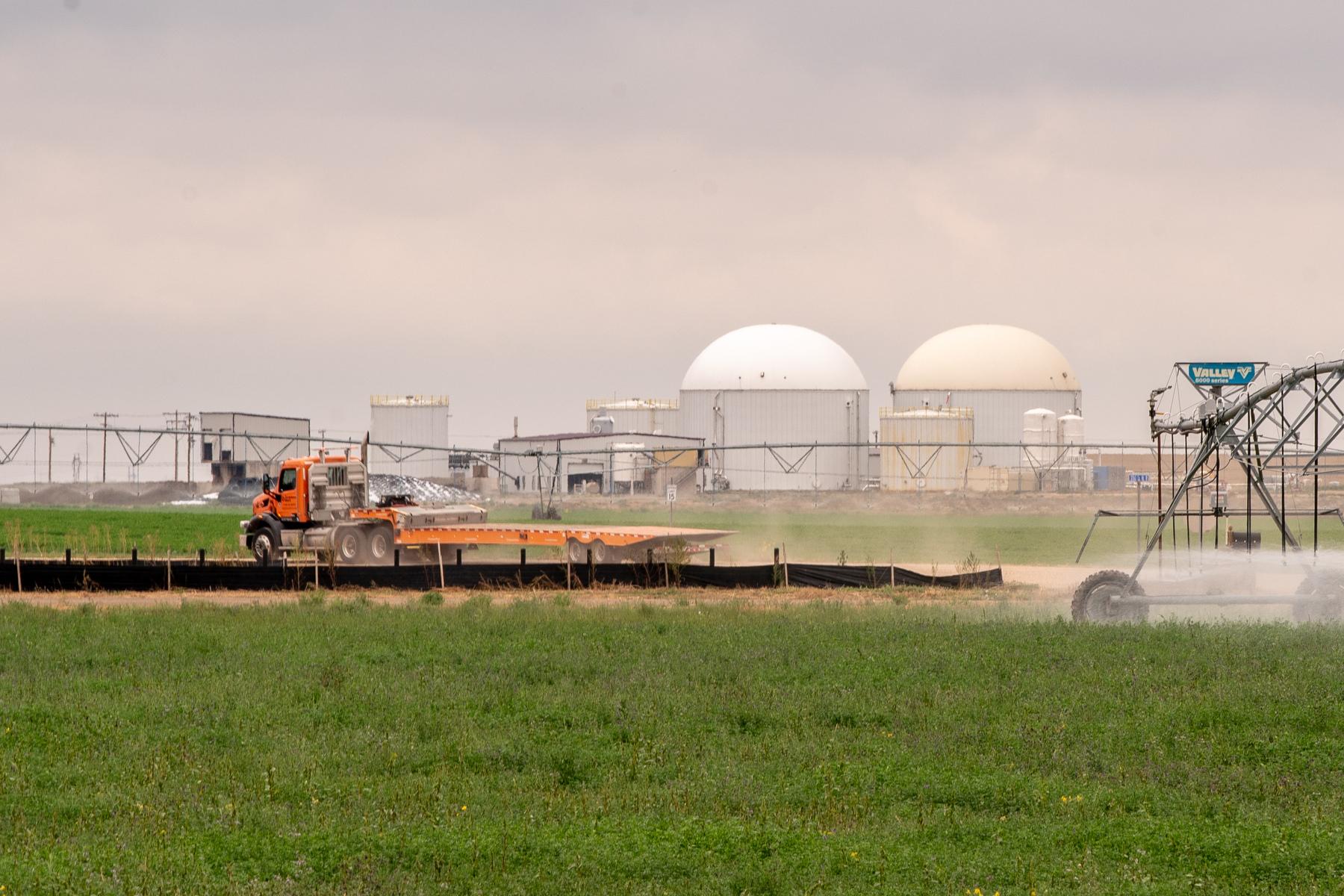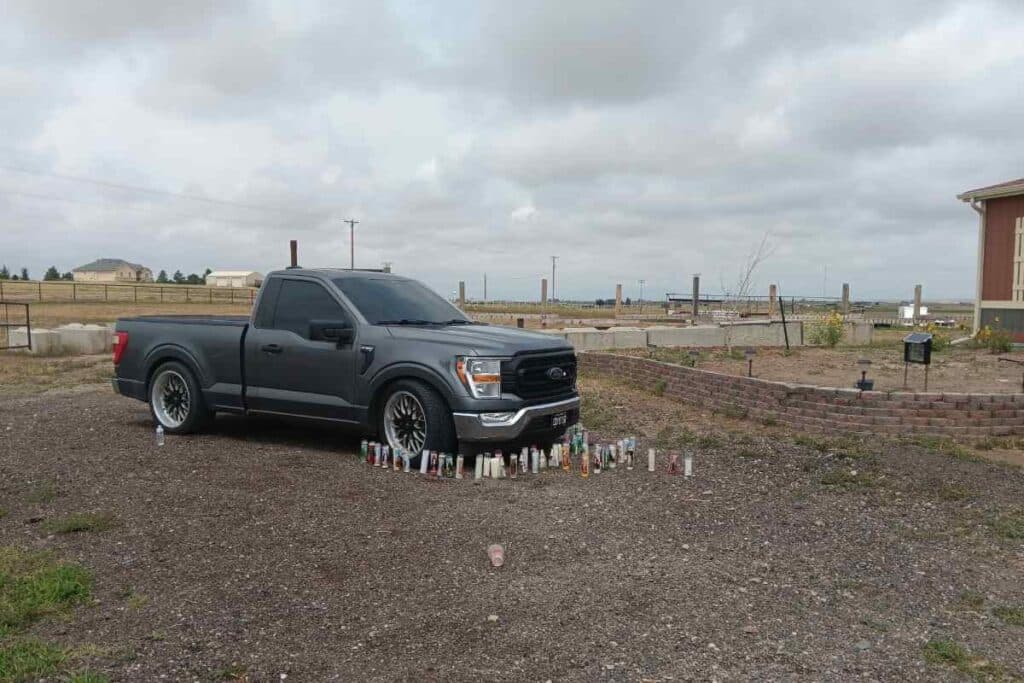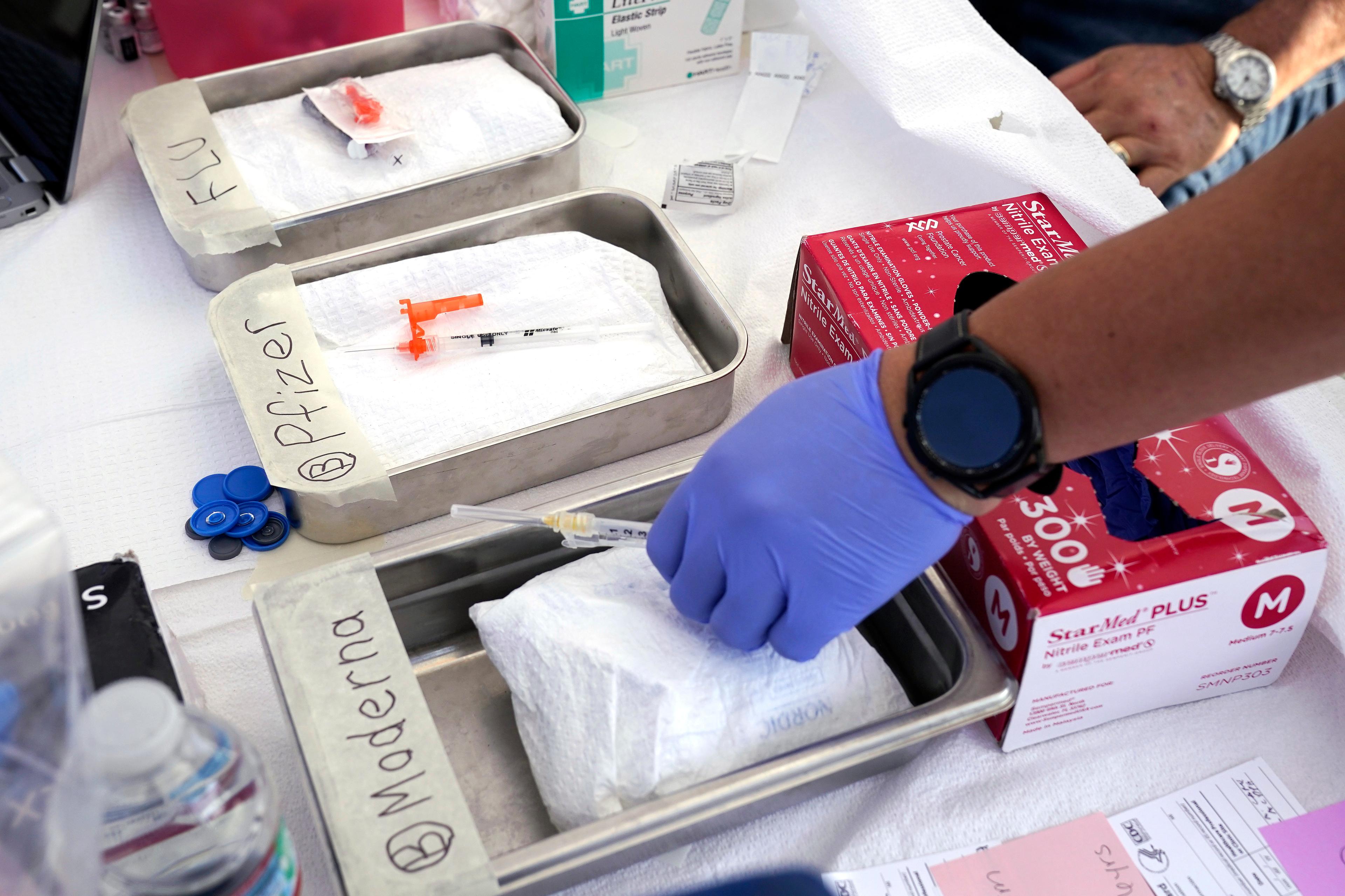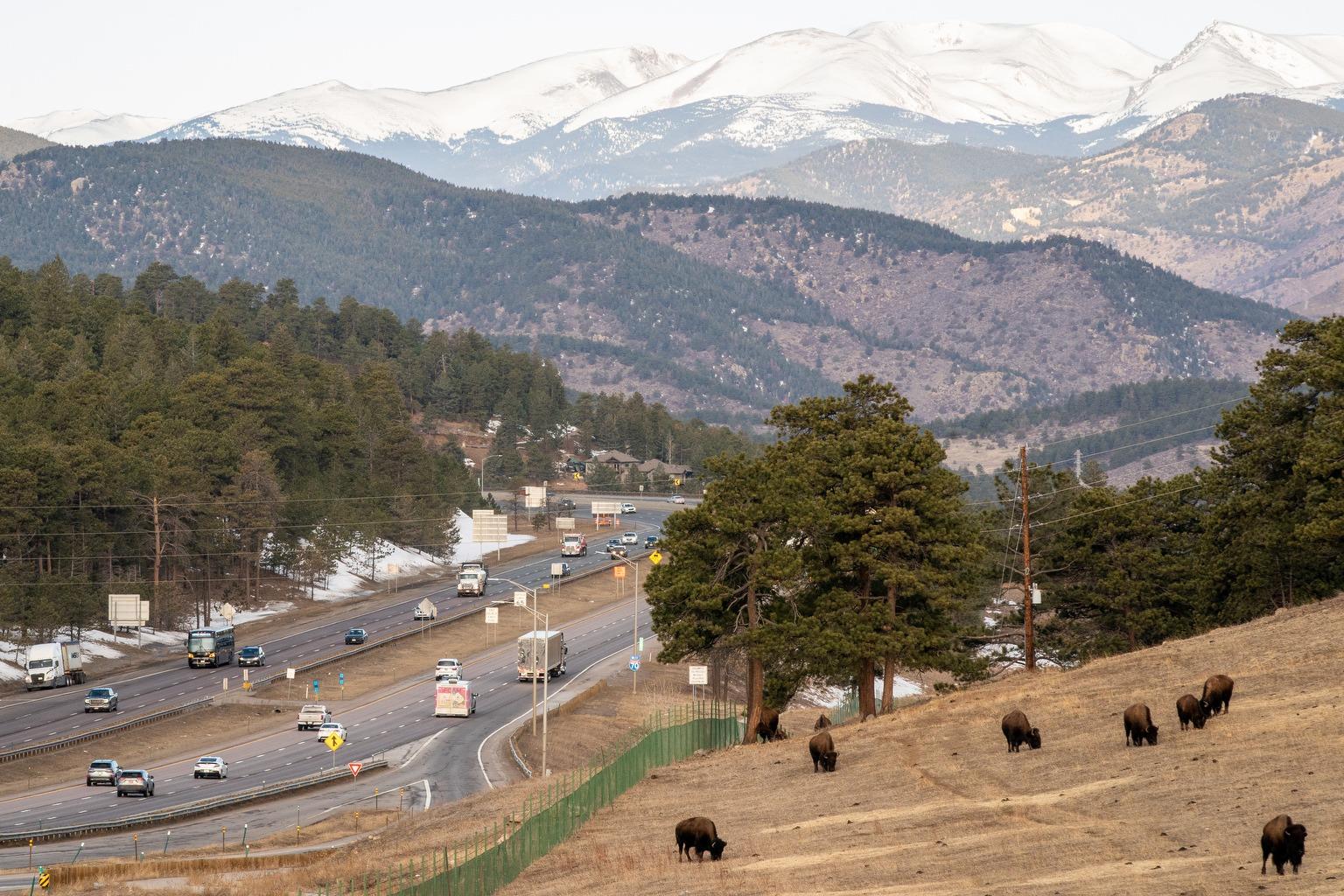
The Occupational Safety and Health Administration is investigating the accident that killed six Hispanic men at a dairy farm near Keenesburg last week.
“Our thoughts are with the families and loved ones of the workers who lost their lives at the dairy farm in Keenesburg, Colorado,” OSHA spokesperson Chauntra D. Rideaux said in an email to CPR News.
“OSHA has opened an investigation, which it has six months to complete. During that time, no additional information will be provided,” Rideaux added in the statement.
No other OSHA investigations have been done at the dairy in the last ten years, according to a search of OSHA's database.
Four of the six victims were related either by blood or by marriage; all were Hispanic. The homes of two of them were located earlier this week, one a trailer where no one was home, the other a ranch-style home on a large plot of land, where two of the victims were believed to have lived; a make-shift memorial had been created there, with candles and a rosary surrounding a black truck in the driveway. One of the victims was a 17-year-old senior at Highland High School in Ault.

Keenesburg is about an hour northeast of Denver and has a population of about 1,200. The land there is rolling and flat, with stores selling jeans and cowboy boots, a lot of warehouses and places to buy Bobcats and Peterbilt trucks and supplies. It’s best known for its sanctuary protecting big cats.
While OSHA is one organization that is doing an investigation, another agency that would possibly be looking into the six fatalities is the National Institute for Occupational Safety and Health, which has a Denver office. But the staff is on administrative leave as of April 1 because of President Donald Trump’s decision to shut it down.
Dr. Robert Harrison, a professor of occupational medicine at University of California San Francisco, said that office could have helped with the science end of the investigation, specifically providing guidance on “the types of toxic exposures that can happen on dairy farms — they can help with the understanding of the laboratory testing that’s done by the medical examiner; they can check to see if other similar fatalities have occurred in Colorado, look into the root causes of these work-related fatalities. They can make prevention recommendations for employers and workers.”
When asked about the difference between the work done there and the work done at OSHA, he said, “They would be working in parallel with OSHA. OSHA looks to see if there were violations of safety standards. NIOSH does the science and background and research about ways to prevent these incidents from ever happening again.”
He added, “This fatality shows more than ever why we need NIOSH. It’s the only field office in the American West, not just Colorado. There are thousands of these farms with manure pits.”

Manure pits, he said, could have been the cause of the deaths, if hydrogen sulfide gas is what killed them, as the Weld County Coroner’s office said was a possible cause in a press release that stated:
“The Weld County Coroner’s Office is investigating these deaths as possibly being the result of gas exposure in a confined space; however, final cause and manner of death will await the conclusion of autopsy and toxicology results.”
If the gas was hydrogen sulfide, which smells like rotten eggs, Harrison said there’d be no other source for it on a dairy farm besides decomposing cow manure.
"If that’s the case, that means they were likely in or around a manure pit,” which is a storage receptacle for cows’ solid waste. He said hydrogen sulfide gas is released as manure decomposes.
At the farm, there are many cows that were seen corralled close together, with metal slots separating them. Whether that was in fact the cause will be indicated in a toxicology report that will be provided when the autopsy is complete.
According to Weld County deputy chief Coroner Jolene Weiner, reached for a telephone interview on Wednesday afternoon, “The toxicology report will be a part of the autopsy, and that won’t be available for 10 to 12 weeks … and until we have our results back, we have no updates. If we get them back sooner, we would reach out to families and update them,” she said, adding, “If there were a hold-up and we had to do retesting, it would take longer.”









